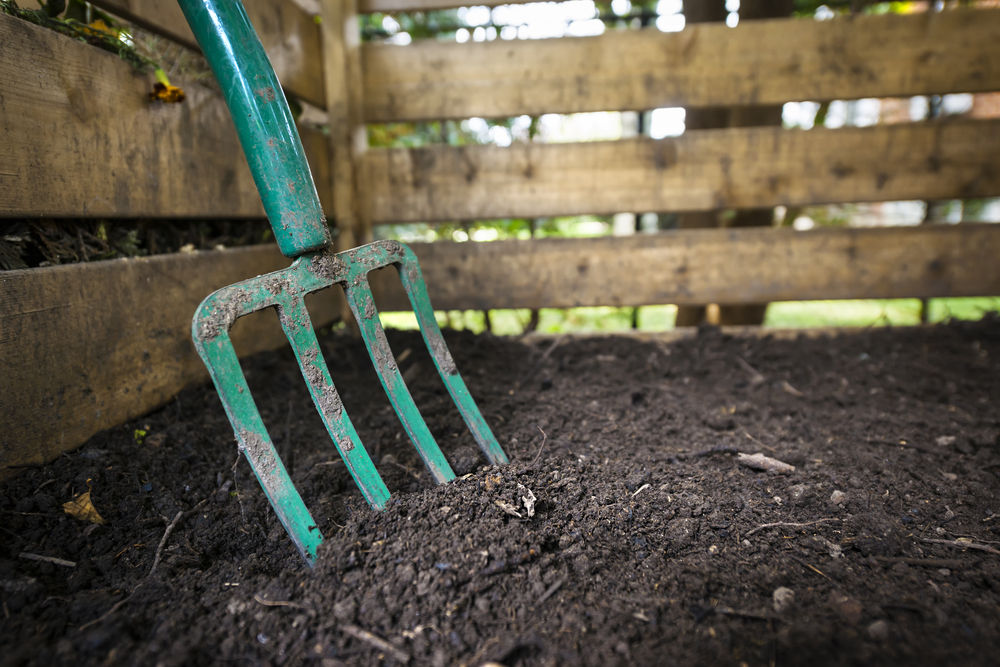Compost is an extraordinary product that has a huge amount of uses. Adding compost to your soil will always benefit it and help it to improve, and will add the extra nutrients your plants and flowers need to thrive.
Additionally, because compost contains humic and other organic acids, it aids in the degradation of simple components that plants use, making it even easier for them acquire them through soil absorption.
Don’t have a compost bin? Here’s how to build one in 5 simple steps using an old snow fence:
Unless you want a ready-made version, which are usually more expensive than they need to be, to begin the process you will need 4 wooden or metal posts, 12-15 feet of snow fence that is roughly 3 feet high, and some heavy wires.
- Choose a location: Select a spot in your yard that is convenient and easy to access. The compost bin should be located in an area that receives at least partial sunlight, as this will help to speed up the decomposition process. The bin should also be located near a water source, as the compost will need to be moistened occasionally.
- Decide on a design: There are many different designs for compost bins, ranging from simple wire enclosures to more elaborate wooden structures. Consider the size of your yard, the amount of compostable material you generate, and your budget when choosing a design.
- Gather materials: You will need a few basic materials to build your compost bin, including wood or wire fencing, screws or nails, and a hammer or drill. If you are building a wooden bin, you will also need wood boards or pallets.
- Assemble the bin: Follow the instructions for your chosen design to assemble the compost bin. If you are using wood boards or pallets, you will need to cut them to size and attach them together using screws or nails. If you are using wire fencing, you will need to roll out the fencing and secure it in place using stakes or posts.
- Add compostable materials: Once your compost bin is assembled, it’s time to start adding materials. The key to successful composting is to create a balance of “brown” and “green” materials. Brown materials, such as dry leaves and twigs, provide carbon and help to improve the structure of the compost. Green materials, such as fruit and vegetable scraps and grass clippings, provide nitrogen and help to accelerate the decomposition process. Aim for a ratio of about two parts brown to one part green.
- Monitor and maintain: To ensure that your compost is decomposing properly, you will need to monitor and maintain it regularly. Turn the compost every week or two to aerate it and promote decomposition. Keep the compost moist, but not too wet, by adding water as needed. If the compost starts to smell unpleasant or attracts pests, it may be too wet or too dense. In this case, add more brown materials and turn the compost more frequently to improve aeration.
Voila! You’ve got your very own compost heap! Now all you need is some compost to fill it with.
Contact us today for free delivery of highly nutritious compost or Orgro for your vegetables, flower gardens, or lawns. We also offer organic topsoil that is a blended mix of compost and topsoil, a perfect combination of nutrients that feed your plants and protect them from the elements.

